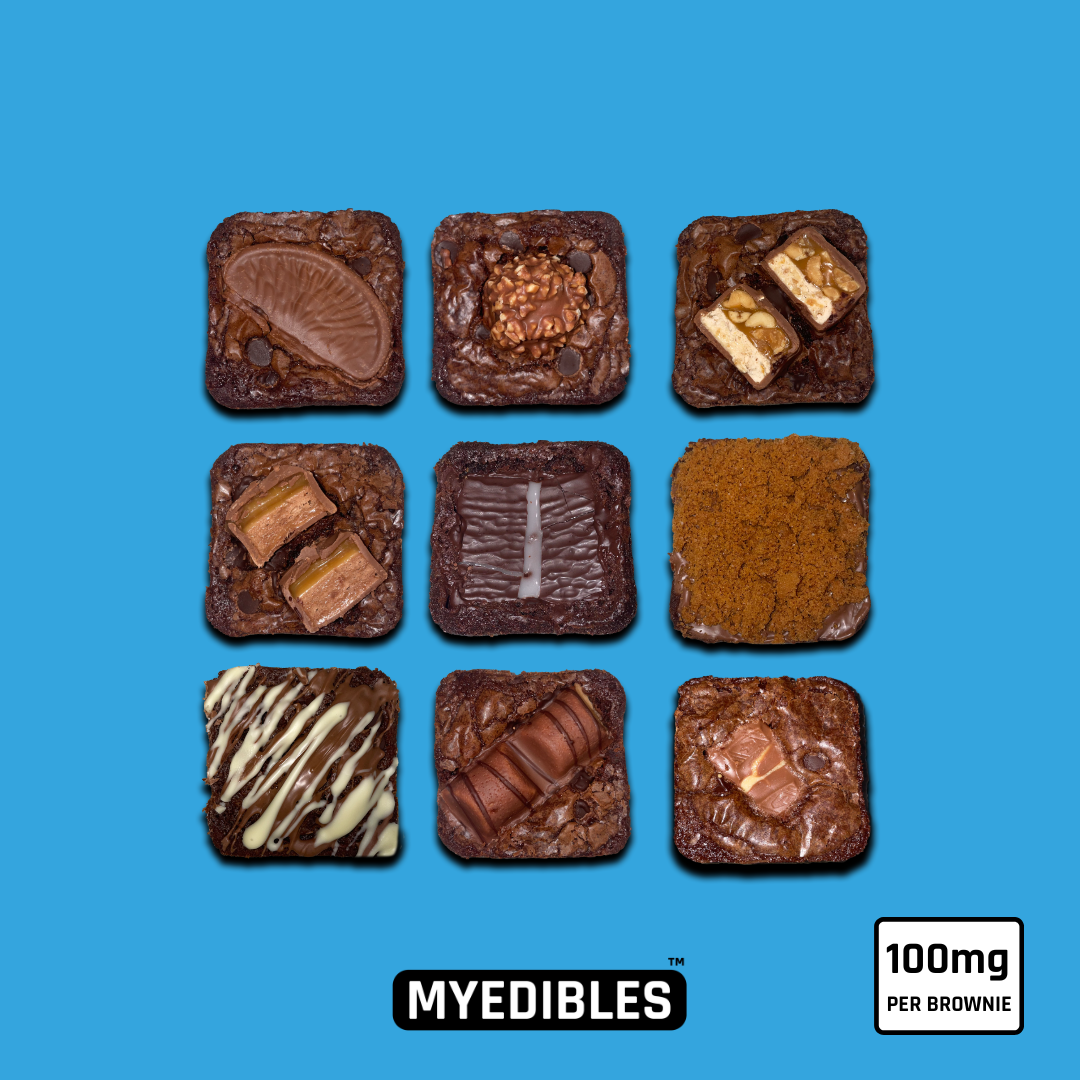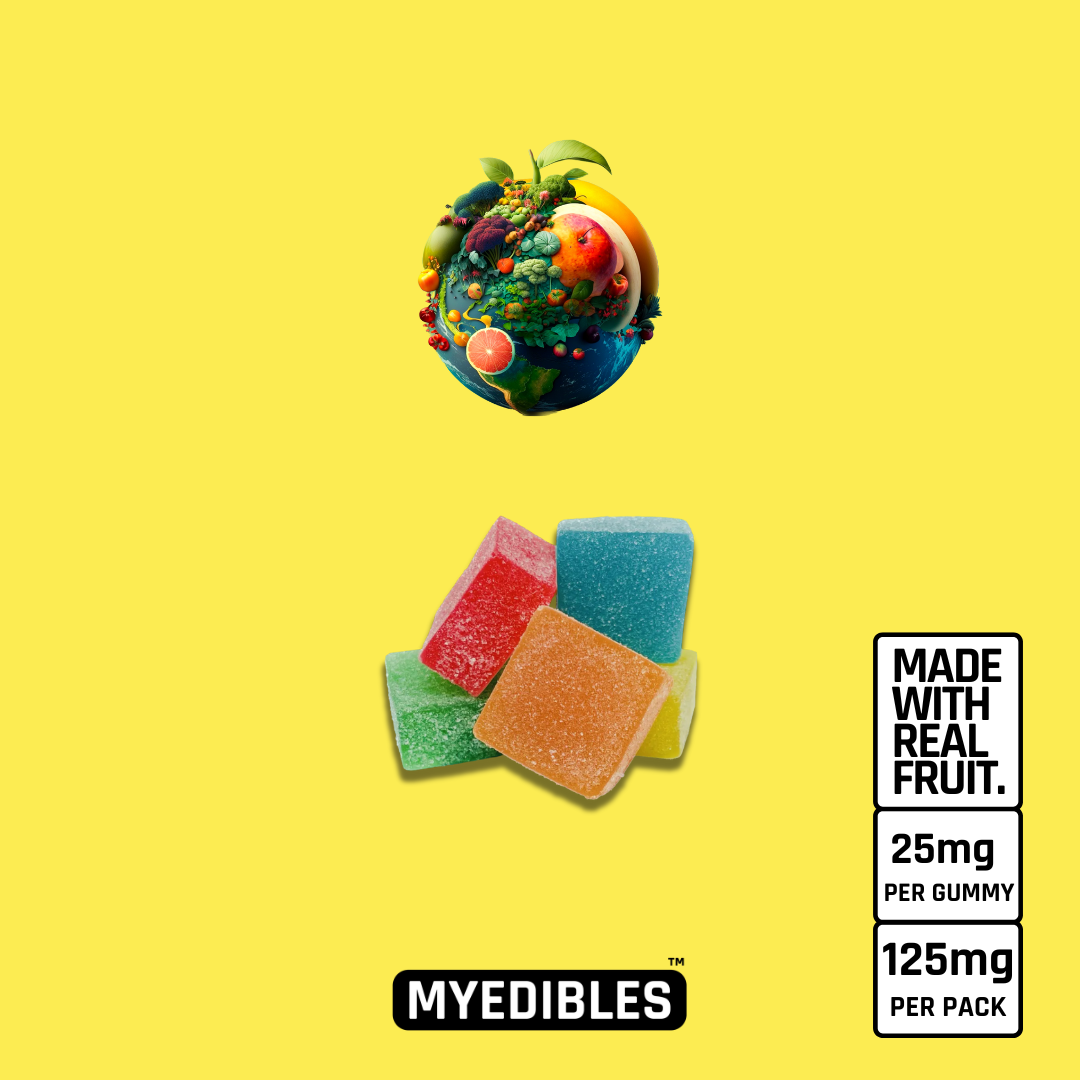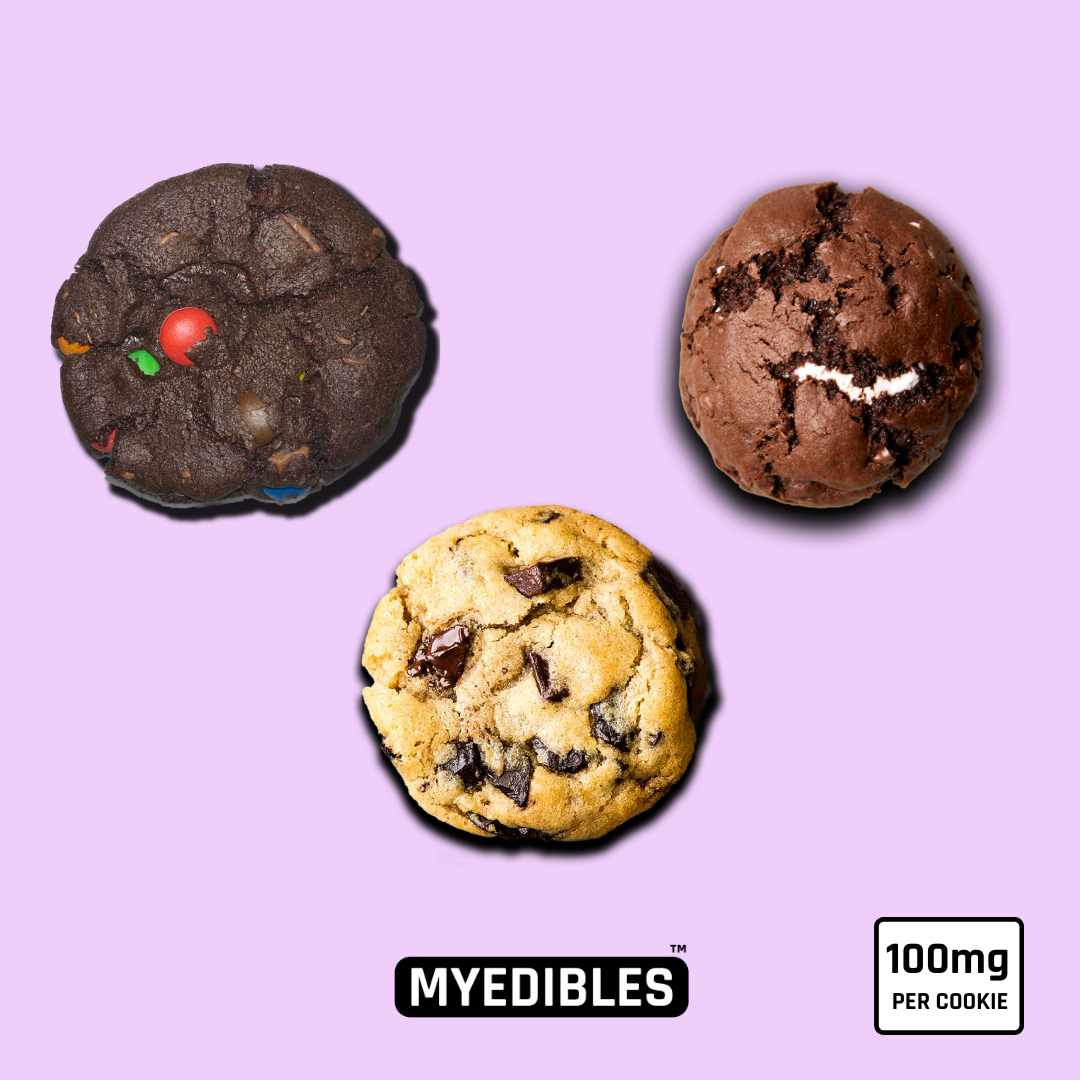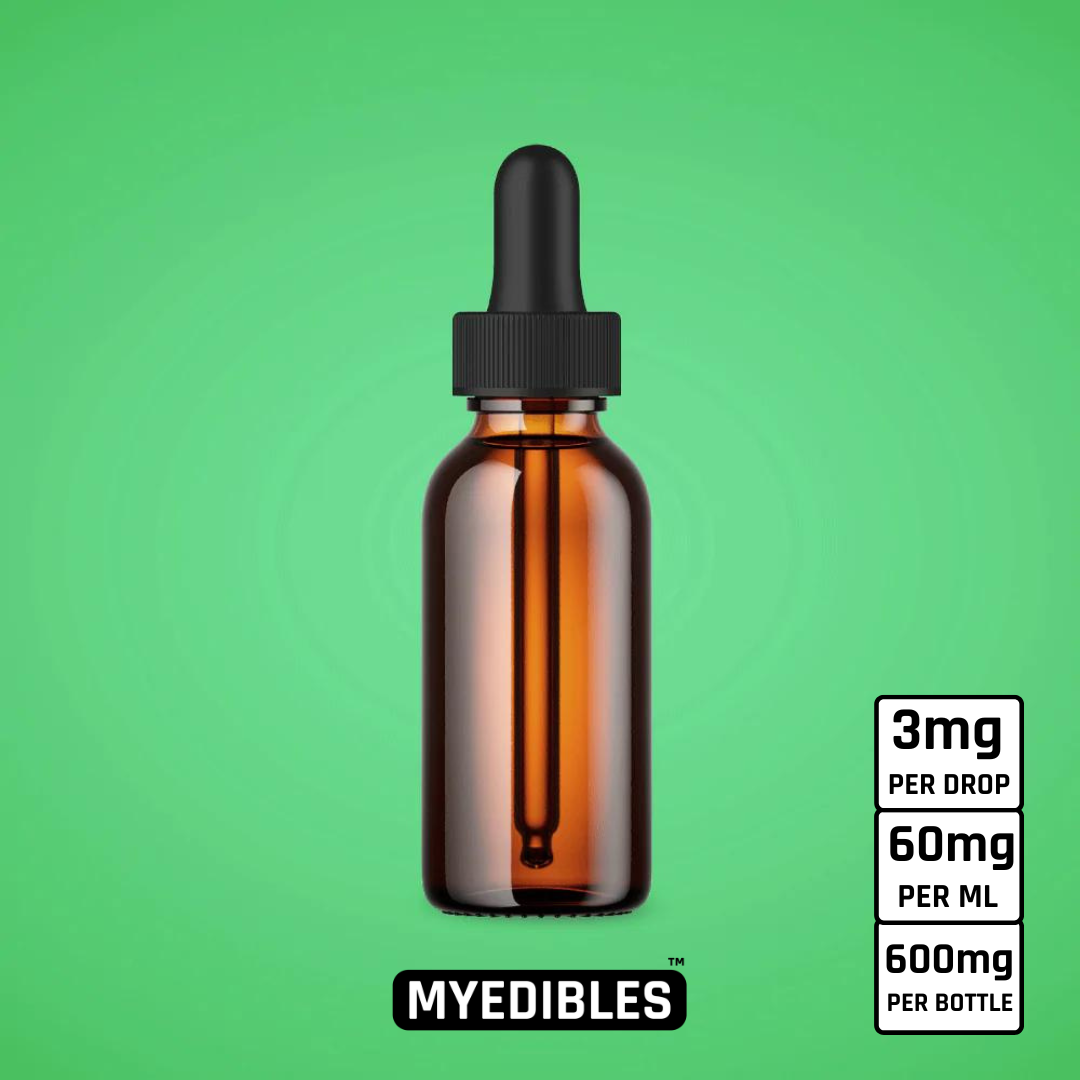CAN CANNABIS HELP MANAGE PAIN NATURALLY?
Pain has become a global epidemic affecting millions worldwide. From migraines that plague the head to arthritis that torments the toes, pain-related issues represent the most common reason individuals seek medical attention and stand as the primary cause of disability throughout the world.
Approximately one-third of the global population experiences chronic pain, defined as discomfort persisting for three months or longer. Whilst traditional treatment options exist, the most prevalent solutions, particularly opioid-based painkillers, come with alarming side effects including rapid tolerance development, dependency issues, and in severe cases, fatal outcomes.
A comprehensive review examining nearly 10,000 studies conducted just before the COVID-19 pandemic uncovered “substantial evidence” supporting cannabis as an effective treatment for chronic pain. When coupled with the legalisation of medicinal cannabis in the UK in 2018, both healthcare professionals and patients have discovered renewed optimism in pain management approaches.
Table of Contents
- How Cannabis Functions as a Pain Relief Solution
- The Most Effective Cannabis Strains for Pain Management
- CBD versus THC for Pain Relief
- Distinguishing Between Cannabis and Alternative Pain Medications
- Frequently Asked Questions About Cannabis and Chronic Pain
- Health Conditions Demonstrating Positive Response to Cannabis Treatment
- Potential Side Effects and Risks of Cannabis Use
- Summary
This article explores the scientific foundations of cannabis-based pain relief, the various conditions it may effectively address, and the multitude of ways cannabis might benefit individuals suffering from persistent pain.

How Cannabis Functions as a Pain Relief Solution
Before delving into cannabis’s pain-relieving properties, it’s essential to understand pain itself. Despite seeming straightforward, pain manifests in three distinct categories:
Nociceptive pain represents what most individuals associate with the term “pain.” Following an injury, receptors throughout the body transmit warning signals to the brain, indicating something is amiss. Consequently, the affected body part experiences discomfort.
Visceral pain occurs when organs or tissues within the abdominal cavity become stretched or damaged due to injury or illness. Abdominal pressure signals originate from specific receptors in the gut, differing from those responsible for physical pain. In certain instances, visceral discomfort may present as pain in an uninjured body part.
Neuropathic pain stems from nerve damage. It frequently manifests as a burning sensation, even when the affected area receives only light contact. In some circumstances, painkillers represent the optimal treatment approach for neuropathic pain. However, antidepressants, anti-seizure medications, or even surgical interventions often prove more effective.
How does cannabis influence these pain mechanisms?
In simple terms, cannabis works by utilising cannabinoids—chemical compounds found naturally in cannabis plants—to bind with pain receptors and nerve cells, effectively slowing down the body’s pain response. This interaction ultimately diminishes pain perception.
The potential of cannabis (also referred to as marijuana) for pain management is evident. Even temporary injuries can significantly impair daily functioning and diminish quality of life.
Similarly concerning are the risks associated with opioid-based treatments, including the gradual increase in dosage as tolerance builds, the genuine risk of addiction, and the danger of accidental overdose when these factors combine.
Any medication that reduces or, ideally, eliminates these risks warrants serious consideration in pain management protocols.
The Most Effective Cannabis Strains for Pain Management
Cannabis comprises over 400 distinct compounds and more than 60 cannabinoids. The two primary chemical constituents in cannabis, THC (tetrahydrocannabinol) and CBD (cannabidiol), produce markedly different effects on the human body.
CBD versus THC for Pain Relief
THC, being psychoactive, produces the characteristic “high” sensation, whilst CBD is generally considered to have more pronounced physical effects. However, the assumption that CBD alone effectively addresses pain isn’t universally accurate.
In fact, both compounds can significantly influence certain health conditions. Whilst THC independently provides pain relief and management capabilities, CBD and THC sometimes function more effectively in combination—a phenomenon known as the entourage effect.
Distinguishing Between Cannabis and Alternative Pain Medications
Cannabis versus Opioids
Opioid use carries risks of dependency, abuse, and potentially fatal outcomes—the most severe consequence possible. Cannabis can produce side effects, which we’ll address later in this article. However, these effects typically occur rarely and can be mitigated by reducing dosage or transitioning to different cannabis strains or formulations.
Cannabis versus Over-the-Counter Pain Relievers
When purchasing cannabis from an authorised clinic, patients know precisely what they’re consuming. Additionally, professionals and experts remain available to monitor symptoms and progress. With over-the-counter painkillers, individuals typically manage independently until seeking professional assistance. Without proper regulation, particularly for long-term use, consumers may lack complete understanding of what they’re taking and the associated risks.
Frequently Asked Questions About Cannabis and Chronic Pain
How Quickly Does Cannabis Begin to Alleviate Pain?
The onset time primarily depends on the consumption method selected. Whilst consulting with a healthcare provider is advisable, finding the optimal approach might require experimentation. Prioritising safety remains paramount.
Inhalation methods offer benefits that manifest rapidly, typically within minutes. This makes inhaled cannabis particularly suitable for immediate symptom relief, especially for acute pain episodes.
When consuming cannabis-infused “edibles,” such as pastilles or soft gel capsules, effects emerge more gradually, potentially taking up to two hours to become noticeable. This administration route provides more sustained relief.
Sublingual application of cannabis oil or tincture generally works faster than edibles but slower than inhalation, with effects appearing within 15 to 30 minutes. This method typically delivers longer-lasting comfort compared to both smoking and edible consumption.
Topical application of cannabis-infused products directly addresses localised pain and inflammation. This method doesn’t produce psychoactive effects, making it appropriate for individuals seeking relief from joint or muscle discomfort without cognitive impairment.
It’s important to note that topical applications should only be used under medical supervision. Most prescription cannabis products are limited to inhalation or sublingual administration. However, over-the-counter CBD creams and oils derived from cannabis are available for topical use.
Remember that cannabis affects individuals differently. Someone else’s experience doesn’t necessarily predict your own response. Each person’s body chemistry is unique.
Does Cannabis Address Both Acute and Chronic Pain?
We’ve previously discussed using topically-applied cannabis products for localised pain relief. Many individuals successfully employ these formulations to manage severe discomfort, including intense muscle pain.
Is Cannabis Safe for Elderly Individuals with Severe Pain?
Whilst additional research continues to expand our understanding of cannabis’s pain management capabilities, many older adults in the UK can safely access cannabis with proper prescription and expert guidance. It remains crucial to recognise that cannabis may interact with other medications, so consulting healthcare providers when uncertain is always advisable.
The primary concern regarding CBD products involves potential mislabelling. Claims about total CBD content aren’t regulated with the same rigour (if at all) by appropriate authorities. Therefore, purchasing cannabis from reputable sources ensures product reliability and consistency.
Can Cannabis Use for Pain Management Lead to Addiction?
Cannabis hasn’t demonstrated the same addiction potential as certain painkillers. Whilst THC detoxification information exists, it primarily addresses cannabis dependence—a condition resulting from prolonged use creating physiological reliance.
Typically, withdrawal symptoms remain relatively mild and may be avoided through gradual dosage reduction. When uncertain, consulting healthcare providers is recommended. Additionally, the body requires adjustment time when discontinuing cannabis use. Experiencing both withdrawal symptoms and returning health issues simultaneously can prove challenging.
Health Conditions Demonstrating Positive Response to Cannabis Treatment
Cannabis for Inflammation-Related Pain
“Inflammation” encompasses numerous medical conditions. Fortunately, substantial research supports cannabis’s anti-inflammatory properties.
Patients with inflammatory bowel disease (IBD), amyotrophic lateral sclerosis (ALS), and multiple sclerosis (MS) frequently report symptom improvement following cannabis use.
Cannabis for Arthritis Pain
Evidence indicates CBD benefits arthritis patients across various symptoms.
A 2022 study revealed CBD’s most pronounced effect on pain reduction. However, participants also reported improved sleep quality and enhanced physical functioning.
Additional research corroborates these findings, though some evidence suggests combined THC and CBD formulations may prove equally effective.
Cannabis for Neuropathic Pain Treatment
Chronic neuropathic pain, despite being the most prevalent neurological condition, typically presents significant treatment challenges.
A 2015 meta-analysis identified promising indications that cannabis may provide short-term neuropathic pain relief, though researchers emphasised the need for further investigation.

Cannabis Efficacy for Fibromyalgia
Whilst additional research is necessary to establish definitive connections between cannabis use and fibromyalgia management, preliminary findings appear encouraging.
For instance, a 2019 study concluded that cannabis “appears to be a safe and effective alternative for the treatment of fibromyalgia symptoms.”
A 2022 report similarly presented positive outcomes, whilst acknowledging the need for expanded research efforts.
Cannabis for Back Pain Management
Twenty-five percent of individuals experience chronic lower back pain. Consequently, robust evidence supporting cannabis as an effective treatment could potentially transform long-term pain management approaches.
Researchers conducting a 2022 systematic review discovered “a quantifiable advantage of cannabis therapy for alleviating back pain.” This benefit appeared most pronounced in formulations containing high THC and low CBD concentrations.
Cannabis for Cancer-Related Pain
Substantial scientific evidence supports cannabis’s efficacy in managing chronic pain among cancer patients.
Previous studies demonstrated significant pain relief from high-dose THC tablets. Although the substantial dosage (15–20 mg) induced drowsiness, this side effect proved relatively inconsequential given the subjects’ severe pain levels.
Cannabis for Headache Relief
Ongoing research examines cannabis’s potential in treating headaches, with some describing it as a “cure” in certain cases.
Recent research (so recent it awaits peer review) indicates that combined THC and CBD formulations outperform THC-only, CBD-only, or placebo treatments for migraine pain relief.
More impressively, these benefits persisted for 48 hours without adverse effects.
Potential Side Effects and Risks of Cannabis Use
Like all medications, cannabis carries certain risks.
Side effects occur infrequently, however, and may vary based on THC and CBD concentrations and administration method (e.g., oil, vaporiser, edible). Additionally, individual factors including substance use patterns, body chemistry, and overall health may influence outcomes.
Summary
-
One-third of the global population suffers from chronic pain, representing the primary cause of workplace disability. Fortunately, substantial evidence supports the compatibility of cannabis and chronic pain management, with cannabis potentially addressing numerous pain-related conditions.
-
Cannabis may offer a safer alternative to certain opioid-based painkillers, though it carries its own serious risks that could prove fatal in extreme circumstances.
-
Whilst some perspectives suggest CBD alone (without THC) effectively manages chronic pain, both compounds offer distinct health benefits and sometimes function most effectively in combination.
-
Growing evidence supports cannabis’s efficacy in treating neuropathic pain, arthritis, inflammation, migraines, fibromyalgia, and various other conditions.
Disclaimer: This article provides information for educational purposes only and should not be considered medical advice. Always consult with a healthcare professional before using any THC related product.









